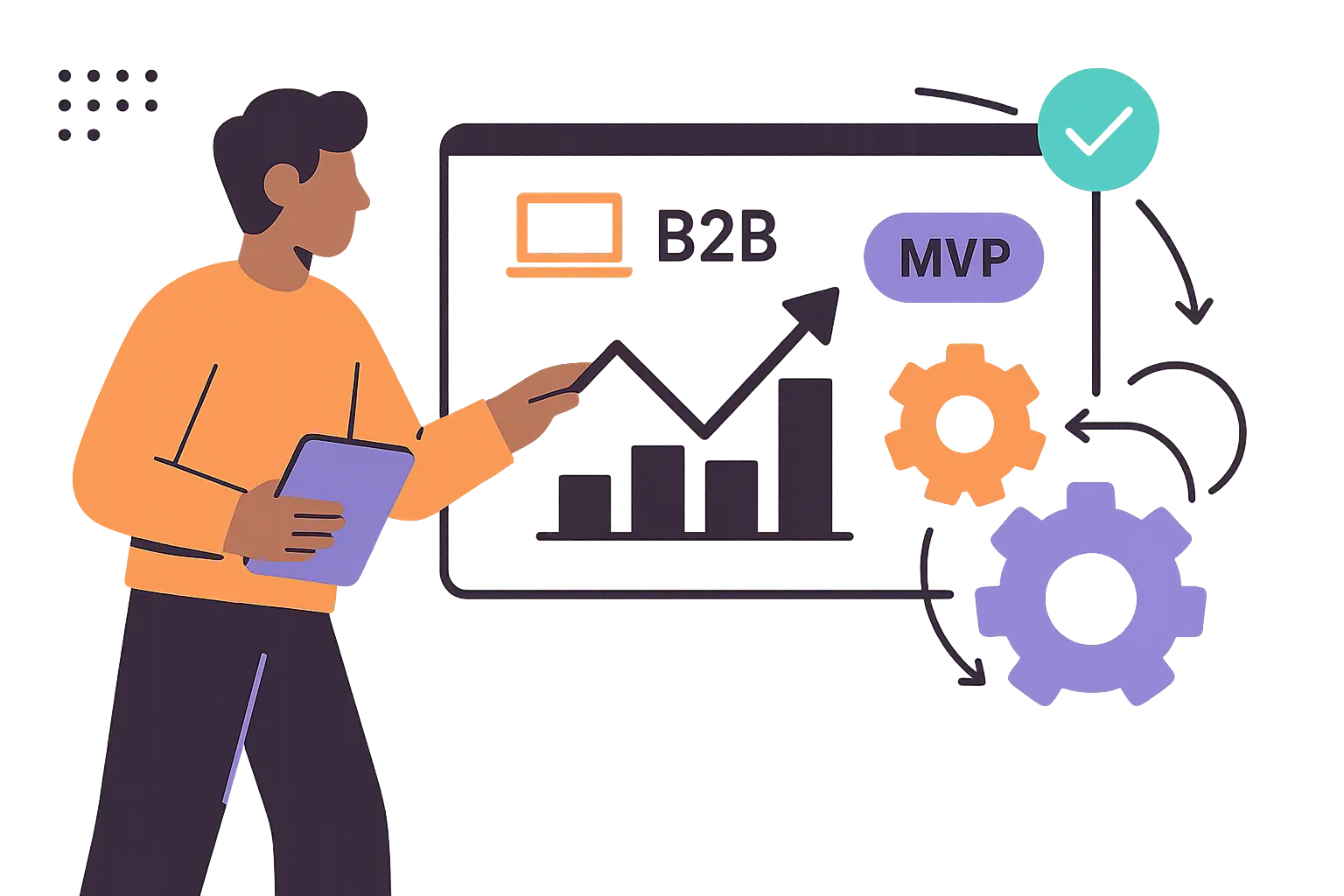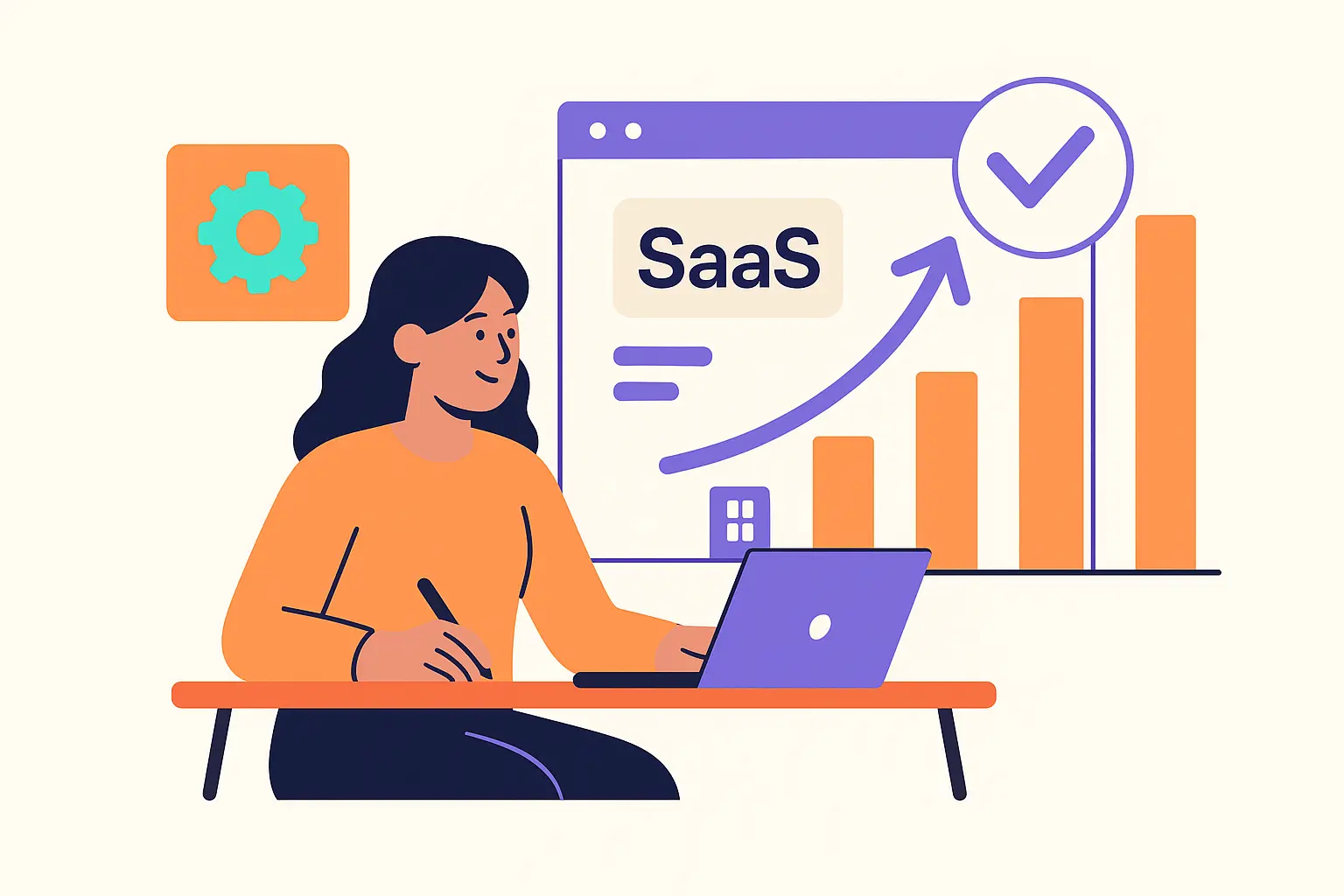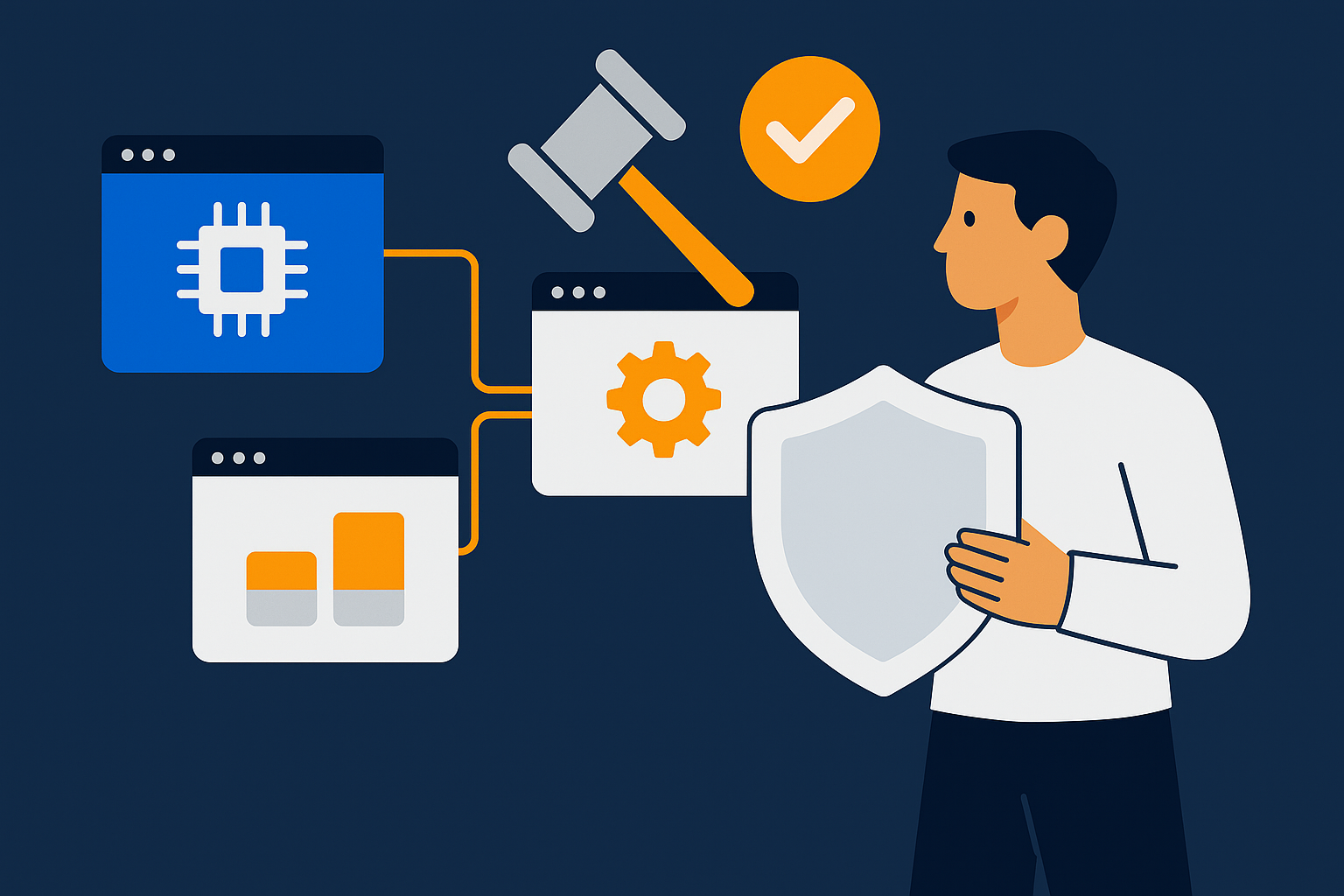In the fast-paced world of B2B SaaS, developing a Minimum Viable Product (MVP) is crucial to validate ideas and minimize risks. However, many companies struggle to effectively implement MVP strategies that not only address the immediate needs of their users but also lay the groundwork for future scalability. In this blog, we will explore advanced MVP development techniques that can significantly elevate your SaaS product, ensuring that it meets both market demands and user expectations.
As competition intensifies and technology evolves, understanding how to strategically design and develop your MVP can differentiate your offering from others in the market. By leveraging insights from industry trends and successful case studies, we’ll provide actionable guidance that C-level decision-makers, product managers, and startup founders can apply to their projects.
Understanding the MVP Framework

Why MVPs Matter in B2B SaaS
An MVP is not just a stripped-down version of your product; it’s a strategic approach to build a solution that addresses core user needs while allowing for iterative development. This is especially vital in B2B environments where customer feedback can dictate product evolution. By focusing on essential features, businesses can expedite their go-to-market strategy and validate their product concept with real users.
Key Components of a Successful MVP
- Core Functionality: Identify the primary problem your product solves. Distill the feature set down to the essentials that deliver value.
- User-Centric Design: Implement UX/UI principles that allow for intuitive navigation and quick learning curves, ensuring your MVP is user-friendly.
- Feedback Loop: Create mechanisms for gathering user feedback early and often, which will inform your development roadmap.
Advanced Strategies for MVP Development

1. Prototyping and User Testing
Utilizing rapid prototyping tools, you can create interactive models of your MVP. This allows stakeholders and potential users to engage with the product before development begins. Platforms like Figma or InVision can facilitate user testing sessions to gather valuable insights that inform design decisions.
2. Agile Development Methodology
Integrating Agile methodologies allows for flexibility and responsiveness during the MVP development process. By adopting Scrum or Kanban frameworks, your team can prioritize features based on user feedback and market trends, ensuring that the final product aligns with user expectations.
3. Leveraging Data Analytics
Implement analytics tools from the start to track user interactions and behavior. This data provides insights that can guide iterative improvements post-launch. Tools like Mixpanel or Google Analytics can be invaluable in understanding how users engage with your MVP.
Case Study: Successful MVP Development at CoreLine
We recently partnered with a B2B SaaS startup that aimed to disrupt their industry with a unique offering. By employing our MVP development strategies, we helped them launch a product that initially included only the core features required to solve their users’ pain points. Post-launch, the startup received immediate feedback, allowing them to iteratively enhance their product based on real user data. As a result, they experienced a 40% increase in user engagement within the first three months.
Conclusion
Successfully navigating the complexities of MVP development can set your B2B SaaS product on the path to success. By focusing on core functionalities, employing user-centric design principles, and leveraging data analytics, you can effectively validate your product concept and prepare for future scaling.
At CoreLine, we specialize in guiding companies through the MVP development journey, ensuring that your product not only meets market needs but also stands out in a competitive landscape. Ready to elevate your B2B SaaS product? Contact us today to learn how we can assist you in transforming your vision into a successful reality.


